Guest editor Laila Gohar: ‘Your nicest porcelain should be used whenever you can – every day is an occasion’
For the October 2024 issue of Wallpaper*, chef and artist Laila Gohar takes the reins as one of three guest editors, choosing to examine the social cohesion that is provided by the meals we eat – and the places that administer them – as a means of explaining her own drive to share and entertain

Laila Gohar works wonders with food. So it’s a surprise to hear her say that her work is not really about food at all, but rather about human behaviour. Born in 1988 and raised in Cairo, Egypt, Gohar moved to the States in 2009, working in restaurant kitchens and dipping a tentative toe into food journalism, before success emerged thanks to her catering business Sunday Supper, which captured the attention of New York’s art and fashion crowds.
Commissions to cater events for the likes of Prada, Hermès and Gucci quickly turned into column inches as word got out about her langoustine towers, artichoke swans, and busts made from butter. From design fairs to fashion parties, she brings food fantasies to life in environments where food is not usually centre stage. This is what she means when she refers to her work as a provocation, inspiring feelings in an increasingly anodyne world. Her ephemeral installations are designed to amuse and bemuse guests, who snap and post, telling the world: ‘I was at the event, in the room, in front of the 15m tiramisu’.
Her ephemeral installations are designed to amuse and bemuse guests, who snap and post, telling the world: ‘I was at the event, in the room, in front of the 15m tiramisu’
A post shared by laila gohar (@lailacooks)
A photo posted by on
For her guest editorship, Gohar has focused her attention on restaurants. Her lens is not on the food they serve, as much as the feeling of hospitality they engender and the magic they inspire, which, she argues, is at the core of her mercurial practice and life’s more wonderful moments beyond. Tuck in.

‘Albi’ dinner plate, £70; ‘America’ silver-plated fork, £90, both by Christofle. Opaline plate cover with baroque pearls, £72, from Gohar World. ‘Linen Sateen’ tablecloth, from £175, by L’Objet. Right, ‘Perles’ silver-plated knife, £140, by Christofle. ‘Linen Sateen’ tablecloth, from £175, by L’Objet
Laila Gohar is never not on the move. When Wallpaper* first visits her in New York, she is preparing to leave for two months, travelling first to Istanbul and then to Paris, where her boyfriend, chef Ignacio Mattos, will work for a few weeks. ‘Then on to Greece for a bit of a vacation,’ she says, adding, ‘I am super happy, but it doesn’t always feel like a vacation,’ referring to the reality of travelling with her baby son in tow.
Gohar has barely caught her breath since recently moving studios in Manhattan. ‘It’s bittersweet,’ she says. ‘My old studio was on a small street off Madison, between Two Bridges and Chinatown; a really peculiar little zone with a desolate ”end of the world” vibe. The block was shaped like a slice of pizza. My studio was tiny – the whole building was just 900 sq ft, with two floors on top of each other. It looked like an ugly little castle, and it had a very singular energy, with big windows looking onto the street, so there were always people poking their heads in to look at what we were doing.’ After seven years of rapid growth, her team outgrew their original home. Charm evolved into mild claustrophobia, and it was time to move on. Now, she has a new, shiny ‘big girl studio’ in Tribeca: ‘It’s massive, with a lot of light. It’s a space that I’ll grow into.’

Although Gohar now most commonly works with food in her artistic practice, it wasn’t so much the cuisine of her childhood that inspired her to take this route, but rather the hospitality of the culture, and the dinner parties that her parents would host at home. ‘Coming from Cairo has definitely influenced my love for food – not Egyptian cuisine as much as the importance of hospitality,’ she says. ‘I’ve carried that with me, and it has shaped my views on hosting and entertaining with generosity. These are the pillars of my practice and culture.’
By way of example, she recalls childhood dinners spent at a ‘big, bustling family restaurant in Cairo, called Andrea, like the girl’s name. They would make rotisserie chicken and quail, and millions of different salads and vegetables. I spent a lot of my childhood there, and that really defined my views on what makes for a great restaurant experience. Of course, the food is important, but really it’s about how the place makes you feel, and there are a lot of different factors that come into that.’
Wallpaper* Newsletter
Receive our daily digest of inspiration, escapism and design stories from around the world direct to your inbox.
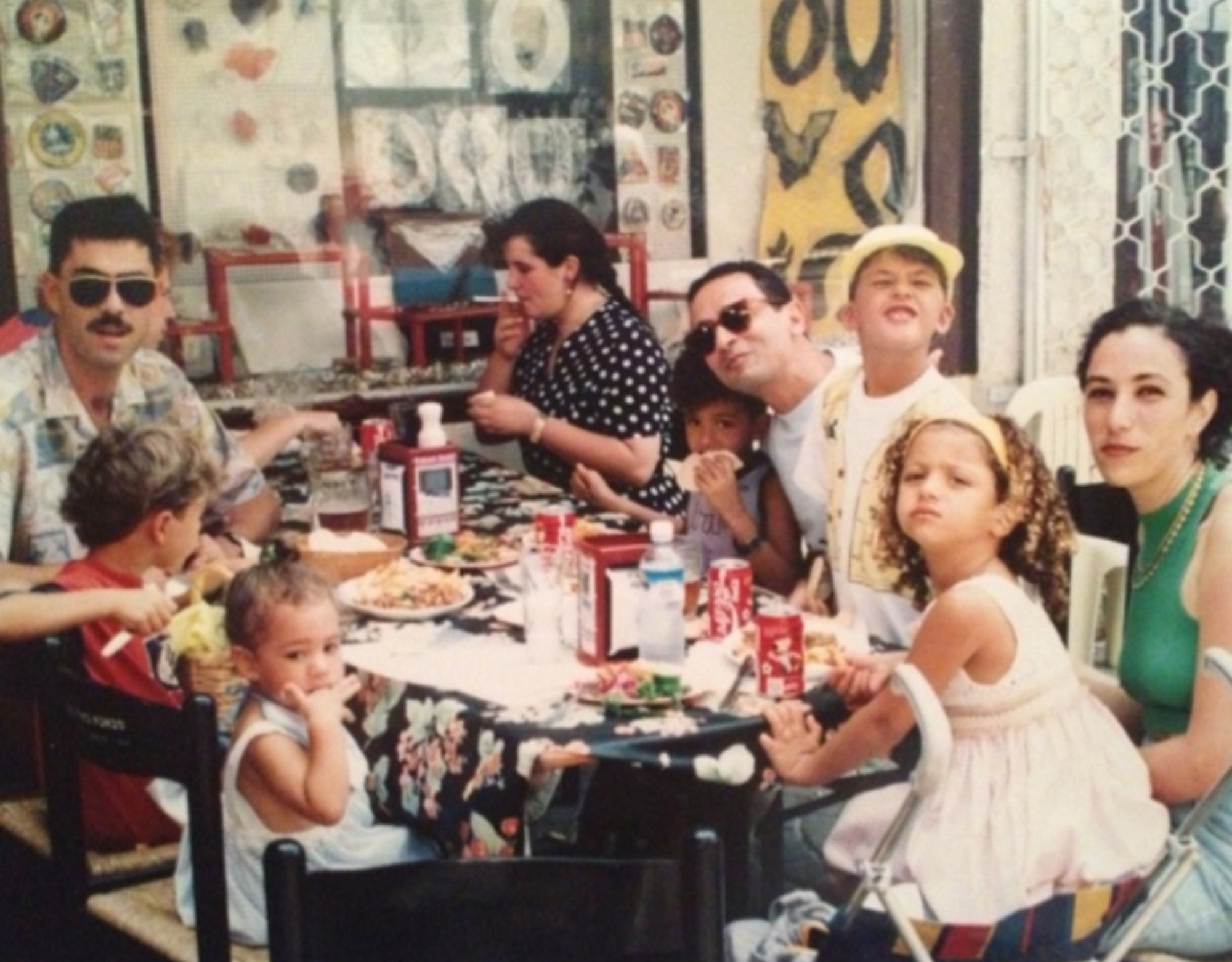
Laila Gohar (in the middle eating bread) enjoying a childhood meal in Egypt with her family
Against a backdrop of difficult times for the global restaurant industry, Gohar has chosen to dedicate her guest editorship to exploring the ingredients that make for a special dining experience.
In 2022, with her sister Nadia, she co-founded Gohar World, a collection of delightfully surreal and fantastical tabletop objects and design items allowing fans to bring a serving of her idiosyncratic style into their own homes. Gohar’s intuition paid off: it turns out that people, tired of conventional good taste, were looking for a soupçon of the weird and wonderful.
She has recently expanded the offering, launching select edible pantry goods, such as olive oil from a small producer in Lebanon, tinned fish from Spain, and tea from South Korea. A lot goes into serving up these treats as part of the Gohar World range. ‘Food logistics can be complicated,’ she says. ‘But that’s why we do it. A big part of our mission was to work with small artisans, farmers and food producers that do things in a way that is both meaningful and responsible. We set out to find producers that we could meet and see where and how the produce is being grown, so the supply chains are totally transparent.
‘We establish a line of communication to ensure the process and quality is in tandem with everything else that we do.’
A post shared by Gohar World (@gohar.world)
A photo posted by on
It’s a careful ethos that also extends to Gohar’s creative process. In an increasingly digital era, she takes great satisfaction in working with her hands, unplugging when she can and operating in as analogue a fashion as possible. ‘I don’t really ever use a computer,’ she says. ‘I do what I need to do on the phone, and I wish I could use that less. I much prefer real-life communication, making prototypes with my hands. I hire people that feel the same way, who are capable of designing with a pen and paper.’
She’s managing to keep the creep of AI into every facet of life at bay for now, but she does say, ‘I think it’s archaic to assume that these new tools are going to limit our creativity. We have to approach them as tools that can help boost our creativity, not take away from it. We must protect our humanity and diversity, what makes us unique as people, and we must cherish these powers however we can.’ Indeed, she considers creativity for future generations ‘extremely important. It’s what keeps me alive. I think it’s a matter of life or death.’
Last month, Gohar’s friend, fashion designer Simone Rocha, was visiting New York to give a talk about her love for the work of artist Louise Bourgeois. During the talk, Rocha called out the ‘Bread Bed’, made by Gohar as an art piece for an exhibition that Rocha had curated. The value that she places on such collaborations is evident.

‘America’ silver-plated tablespoon, £90, by Christofle. ‘Double Rouche Florence Furnace’ white soup plate, £130, by Ginori 1735 and Buccellati. ‘Patrician’ water glass, £90, by Josef Hoffmann, for J&L Lobmeyr, from Bonadea. ‘Linen Sateen’ tablecloth, from £175, by L’Objet
In her role as a guest editor, for which she asked a selection of friends and peers, including Rocha, India Mahdavi and Francis Mallmann, to contribute some of their own restaurant reflections. ‘Cross-disciplinary collaboration can be incredible. There are some people, like Simone, that I have collaborated with over the years across a variety of different projects, all of which have been so meaningful because we have a shared language. Working together is a nourishing process; when I finish these projects, I feel energised.’
Gohar often wears Rocha’s dresses, with their romantically dreamy silhouettes, when cooking or flying (some of her most treasured pieces now sporting rips and tears from so much wear) as much as a statement of her approach to life as her love of Rocha’s designs: ‘I don’t really differentiate between clothes for when I’m working or when I’m going out. In the same way, I don’t really believe in saving nice things for an occasion. Your nicest porcelain should be used whenever you can because every day is an occasion. Not to sound corny, but I believe that there is something to be celebrated every day. And, not to get too dark, but tomorrow is never guaranteed. To me, it feels important to use beautiful things every day.’
For now, Gohar is keen to continue following the current while the going is good. ‘I’m very instinctive and intuitive. I never have a big five-year plan, I just make small decisions every day that I think contribute to leaning in one direction or another.
‘I’ve always been very ambitious and I’ve always had a lot of ideas and discipline, but there was never a very clear roadmap as such. My career has been non-linear because what I do doesn’t really exist as a career. Unlike becoming a doctor, or even a painter or an editor, where you have a career ladder that you can climb and an industry that recognises your work, I’m taking things as they come.’
As for the interior of her new studio space, she prefers, she says, to let the look and style take shape slowly and organically over time. ‘I think the space that you’re working in can have such an effect on your work,’ she adds, as if foreseeing a buoyant time ahead.
Laila Gohar's ingredients for a magical restaurant experience
The restaurant industry has had it tough. Those that were resourceful and resilient enough to withstand shuttering for good during the pandemic embraced myriad ways to still cater for their customers, turning menus into recipe boxes, and knocking up hatches and dispatches for meals on wheels. When we took off our masks, we expected distance from our fellow diners; in many places, covers were halved overnight. Suddenly we were sharing restaurants with a revolving cast of leather-clad bikers, shouting numbers at the servers like a bingo caller. Still today, it can seem like more brown bags than plates emerge from the kitchen.
Food costs and energy prices have rocketed, thanks to wars and climate crises. Supply chains have crumbled. There’s a dearth of staff for kitchens and service. Personal finances have been decimated. Yet we still expect more. Some customers stand on their chairs to photograph their food, then complain it’s cold. Others sit and scroll, barely looking at the food that’s put in front of them, let alone their companions. Tripadvisor revenge reviews hover like a sword of Damocles. No shows abound.
What happened to humanity? Restaurants have always been places where people come together around food for a good time. Today, we need these times in our lives as an antidote to the chaos and fear, the disconnection and dysfunction that exist all around us. Restaurants are safe places for succour and celebration, where life outside can be paused for a meal. It’s important we re-establish that lost sense of trust between restaurants and diners – and let’s be clear: this is a symbiotic relationship and responsibility; we need each other to survive.
We also need each other to perform the magic that a good restaurant experience can deliver. With that in mind, we sat down with Gohar to discuss the key ingredients for bringing warmth and humanity into a restaurant experience.
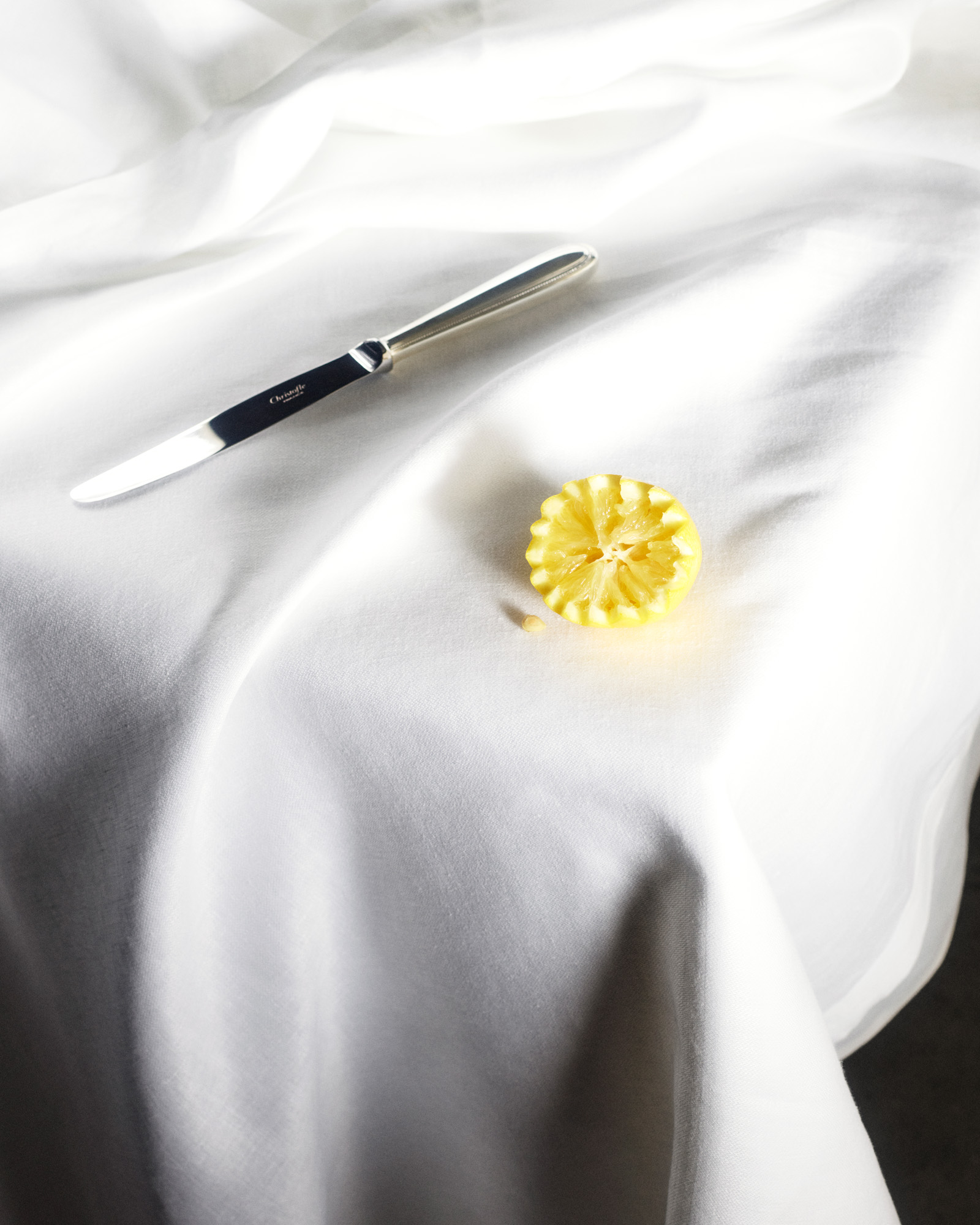
Wallpaper*: Let’s start at the beginning, shall we: bookings. Is any restaurant really good enough to merit booking a year ahead?
Laila Gohar: Only in extreme circumstances, such as big celebrations and big groups, am I willing to make a reservation weeks in advance. Dining out is fun for its spontaneity. I like places that are able to balance advance bookings with enough seats for walk-ins, too. And an important note to all diners: if you make a reservation, you are duty bound to show up or cancel quickly. No shows ruin the fun for everyone.
W*: Do you think that how you are greeted at a restaurant sets the tone for the whole experience?
LG: You only get one chance to make a first impression and being greeted warmly by someone switches the mood. You’re stepping over a threshold into their world. I don’t like being made to feel stupid for trying to get a table at short notice or being asked if I would like to be put on a waiting list for two hours. A restaurant can make everyone feel welcome, even if they’re turning you away.
W*: How do you feel about fixed versus loose furniture?
LG: Restaurants where all the furniture is fixed can feel a bit stiff. I enjoy being able to pull my chair closer to someone I’m chatting to. But it’s important not to take the piss; rearranging furniture on behalf of the staff is a step too far.
W* How do you feel about dark and moody lighting? Do you prefer to be able to see food and friends?
LG: Lighting in layers – room, people, table, food – is a formula that works. Nobody looks good close-up under a spotlight. Real candles – not tealights and never battery-powered – are excellent for atmosphere, so long as diners don’t start playing with the wax.
W*: Does music add to the atmosphere?
LG: I’m not a fan of music in dining rooms, particularly in the US where we talk loudly enough and tend to screech to compete over any music and each other. Music can be good early on before it gets busy, but a restaurant should note when it’s time to let the chatter and clink of glasses and plates take over. This is my favourite soundtrack for a restaurant.
W*: We’ve noticed a trend for branded fragrances in restaurants. Olfactory overload?
LG: Our sense of smell and taste are so linked, it’s important not to overpower the former while trying to excite the latter. There are very few food or cooking smells that are so bad, they need to be masked.
W*: Tablecloths or tabletops?
LG: I love tablecloths. For me, they are one of the aspects that make eating out feel special. A white bistro-style, pressed, stiff cotton tablecloth is so tactile. I think of itas a blank canvas before the meal begins. Food and wine stains at the end of a mealare not evidence of careless eaters, they are wonderful signs of a good time.
W*: How much detail do you want a menu to divulge?
LG: Key ingredients, cooking methods and accompaniments are sensible rather than stark lists or florid descriptions. I saw salt listed as part of a dish on a menu recently, and that felt a little too far. I feel allergens are better communicated by people, not menus. Handwritten menus are a nice way of bringing a human hand to the experience. It suggests someone who cares is in charge.
W*: What makes a good server?
LG: It takes a special kind of person to be able to serve beautifully. It’s not for everyone – I know I’d be terrible. Serving naturally is a gift – it means being able to intuit someone’s needs before even they know what they want. Treating service as a means to an income rarely works. It’s impossible to be generous if you hate your job.
W*: It feels like all restaurants have open kitchens these days. Do we only trust food that we can see being cooked?
LG: Kitchens are pressurised environments and though open kitchens sometimes make for good theatre, they can also make chefs feel like lab rats. It’s not a vibe at all to expect chefs to perform to the public. Let’s bring back walls and dignity!
W*: We’re mystified in the US by how often empty plates get cleared one-by-one as diners finish, rather than waiting until the whole table is done. How do you feel about this?
LG: I agree. Clearing single plates makes everyone feel bad for eating too quickly or too slowly. Clearing tables when everyone is finished helps to make the group feel like companions rather than competitors.
W* A final thought?
LG: I love restaurants that are beautiful, that are romantic, that make you dream. Restaurants have the power to transport you beyond time and place. It can be anything from a sidewalk gyro stall in Crete to a fine dining temple in Burgundy. A good restaurant is an invitation to dream.
Tilly is a British writer, editor and digital consultant based in New York, covering luxury fashion, jewellery, design, culture, art, travel, wellness and more. An alumna of Central Saint Martins, she is Contributing Editor for Wallpaper* and has interviewed a cross section of design legends including Sir David Adjaye, Samuel Ross, Pamela Shamshiri and Piet Oudolf for the magazine.
-
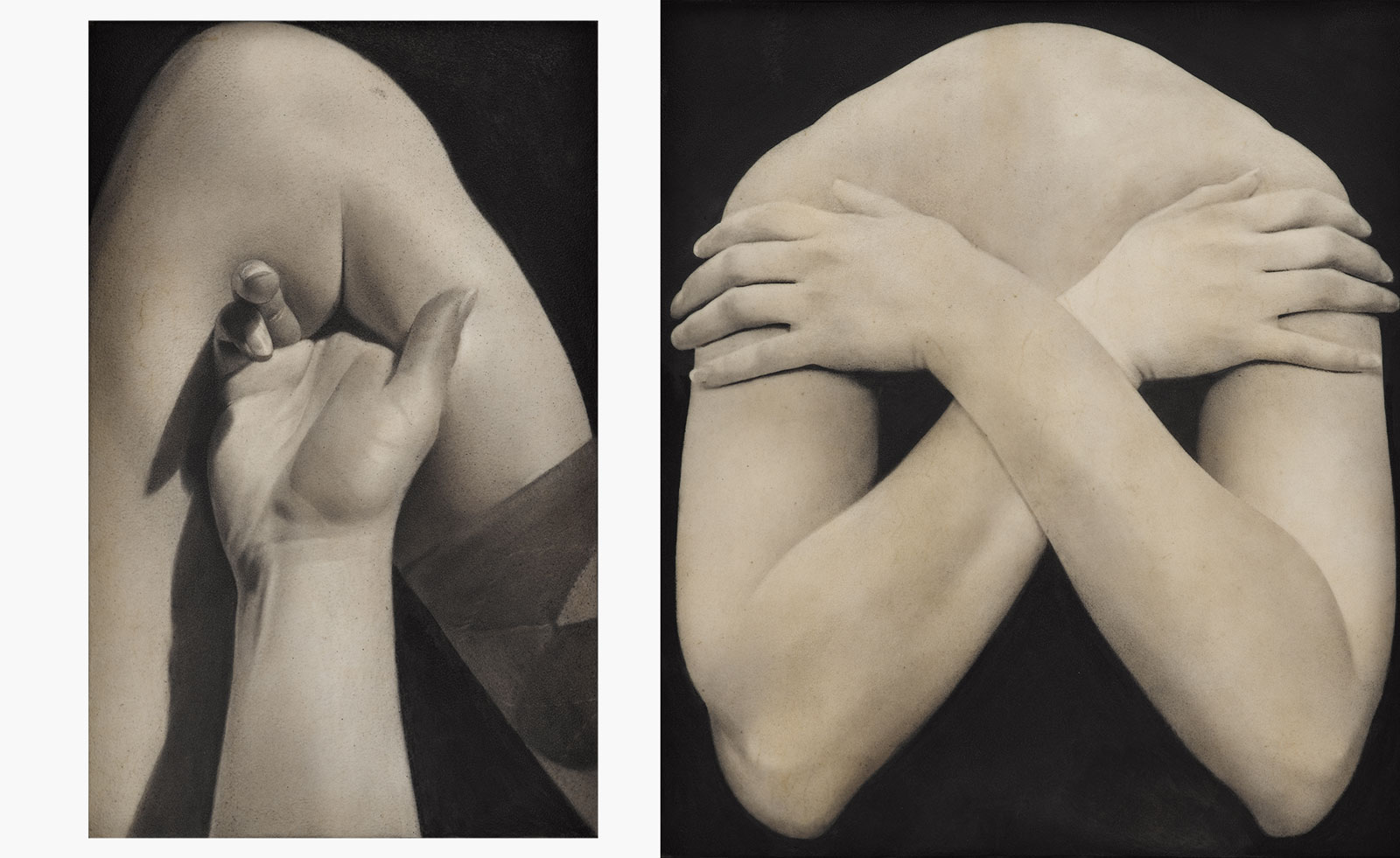 Put these emerging artists on your radar
Put these emerging artists on your radarThis crop of six new talents is poised to shake up the art world. Get to know them now
By Tianna Williams
-
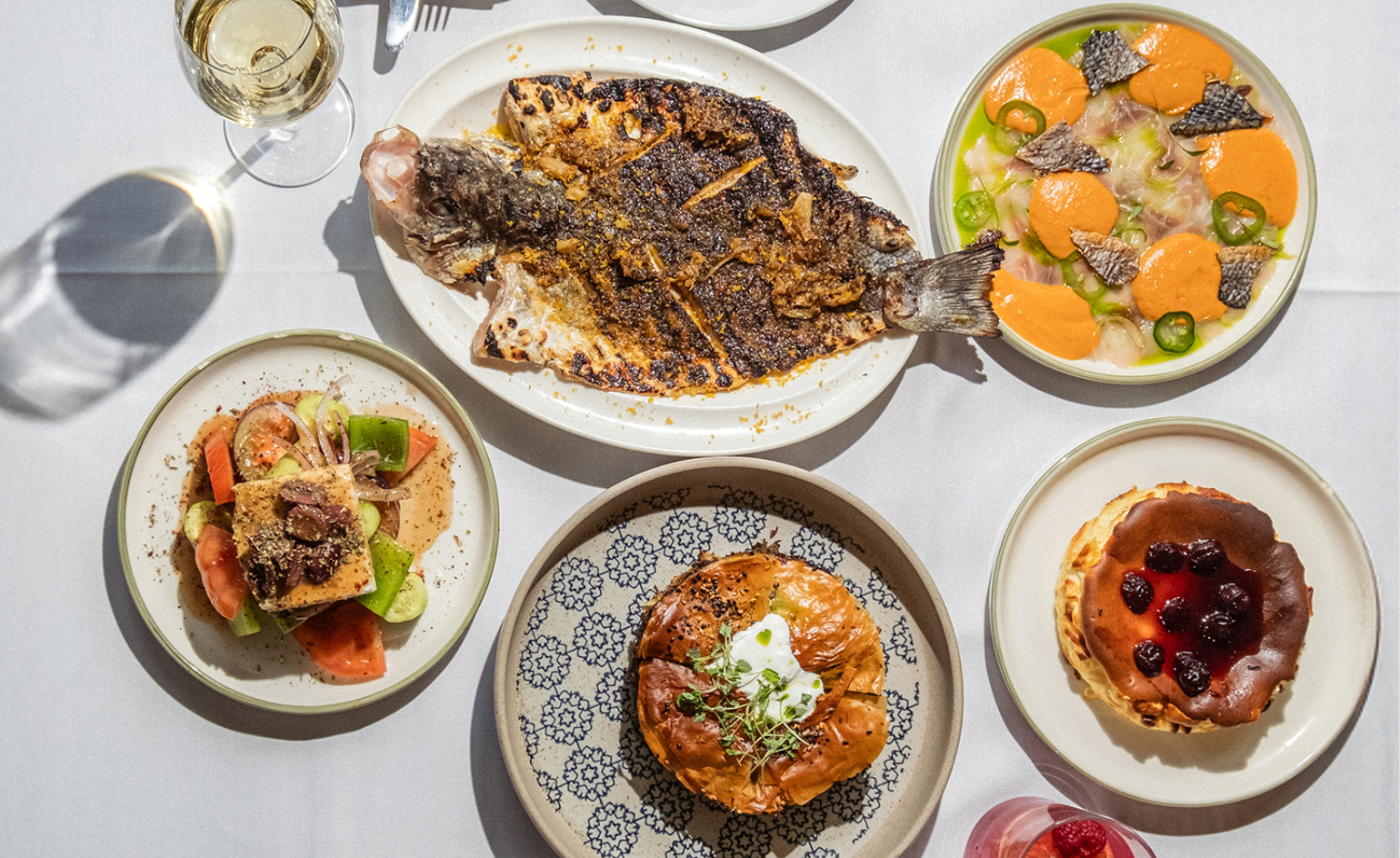 Dining at Pyrá feels like a Mediterranean kiss on both cheeks
Dining at Pyrá feels like a Mediterranean kiss on both cheeksDesigned by House of Dré, this Lonsdale Road addition dishes up an enticing fusion of Greek and Spanish cooking
By Sofia de la Cruz
-
 Creased, crumpled: S/S 2025 menswear is about clothes that have ‘lived a life’
Creased, crumpled: S/S 2025 menswear is about clothes that have ‘lived a life’The S/S 2025 menswear collections see designers embrace the creased and the crumpled, conjuring a mood of laidback languor that ran through the season – captured here by photographer Steve Harnacke and stylist Nicola Neri for Wallpaper*
By Jack Moss
-
 Take a bite: Laila Gohar and The Luxury Collection’s ‘Cakes & Candles’ are a sweet treat for the senses
Take a bite: Laila Gohar and The Luxury Collection’s ‘Cakes & Candles’ are a sweet treat for the sensesLaila Gohar’s six cake-inspired candles draw on The Luxury Collection’s hotels around the world – where guests can enjoy matching edible confections
By Tianna Williams
-
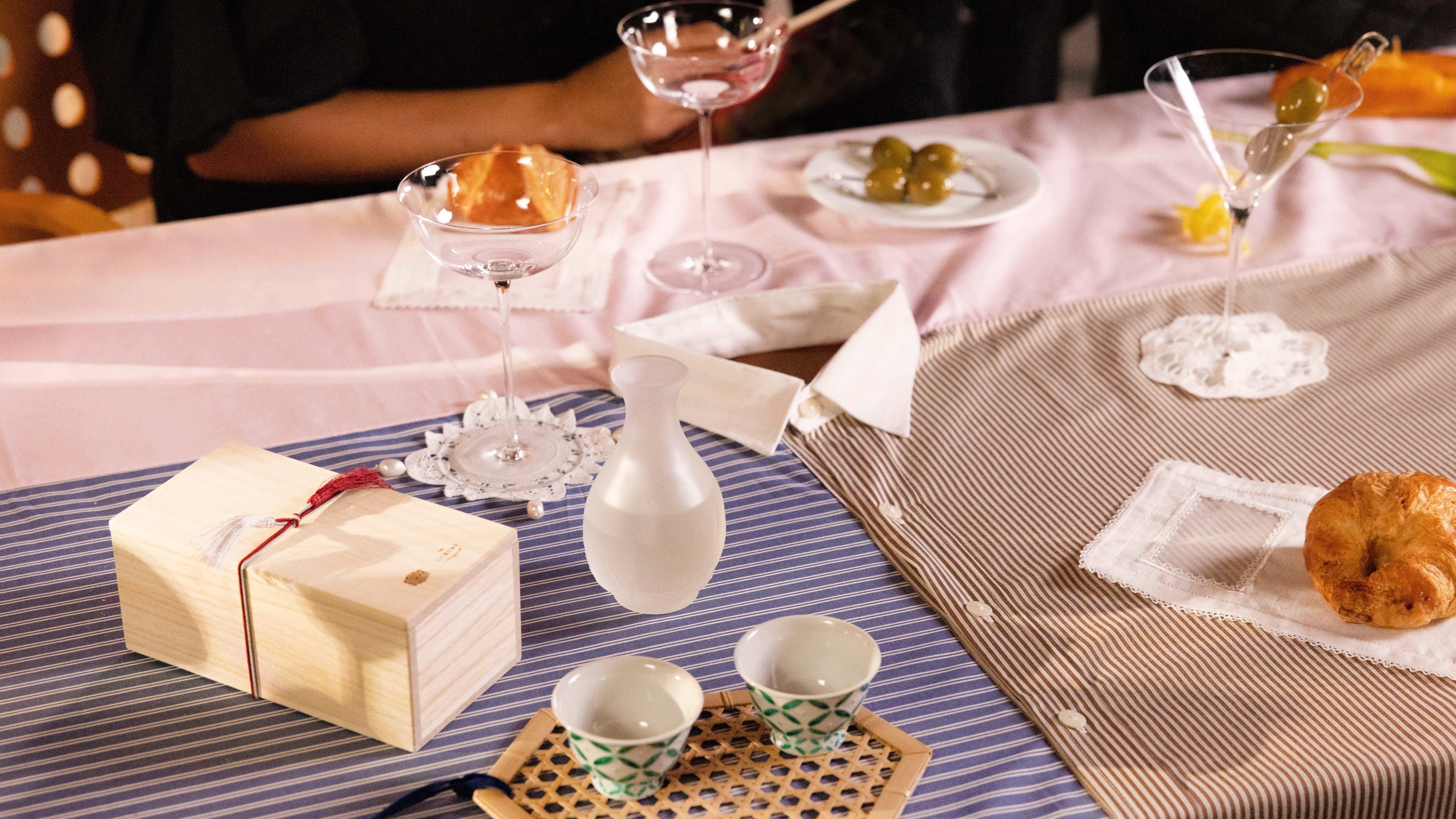 Laila Gohar debuts bar accessories inspired by her travels
Laila Gohar debuts bar accessories inspired by her travelsChef and designer Laila Gohar unveils a new range of bar accessories and cocktails with her signature surrealist flair
By Mary Cleary